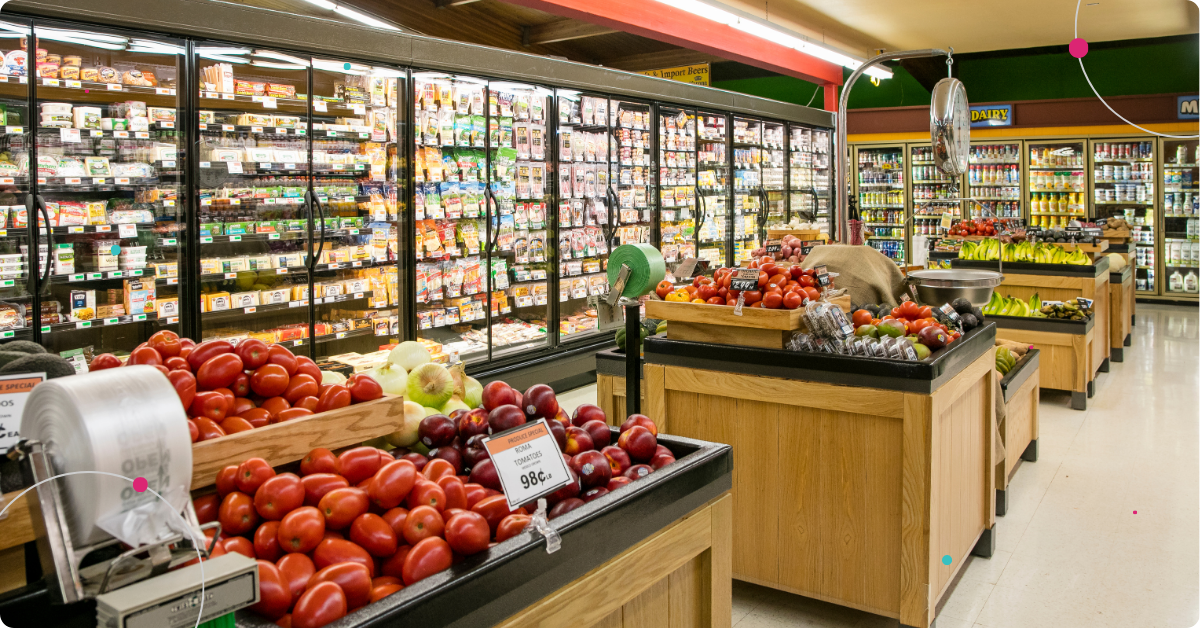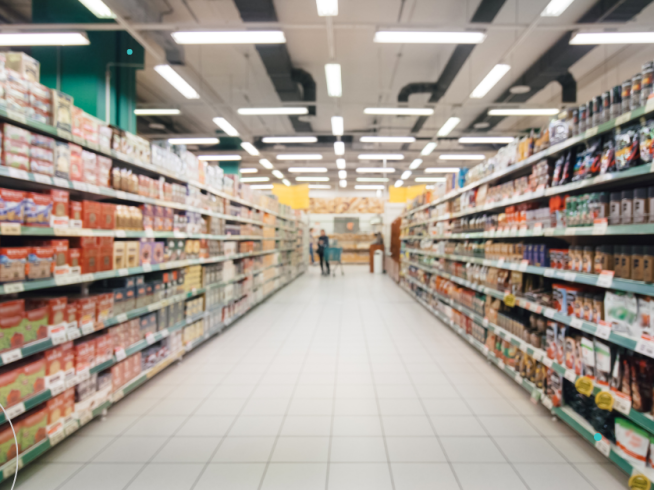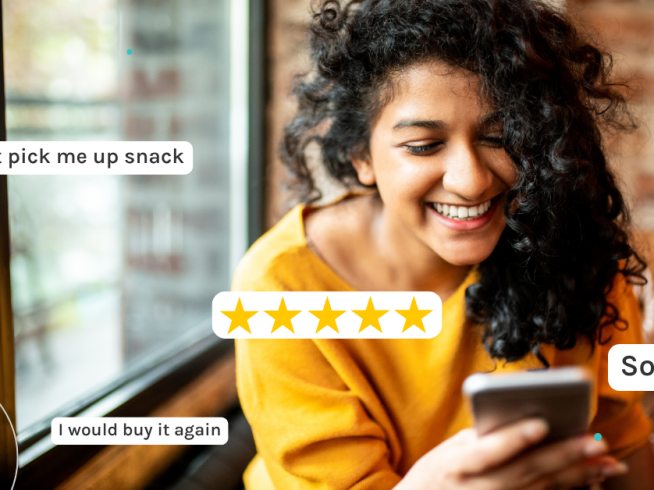Moving from natural to conventional shelves is a big milestone for any CPG brand. It’s a chance to reach more shoppers, but it also comes with new pressures and expectations. The big question is: how do you know when you’re ready?
There’s no universal answer. But there are clear signs – both internal and external – that can help you gauge your readiness for mass retail. Let’s walk through some of the key ones.
Before thinking about new doors, take a good look at how things are going in your current channels. One of the clearest indicators? Velocity. This golden metric refers to how quickly your product sells off the shelf and is closely watched by retailers. If your velocity is strong in natural, especially if a few SKUs are consistently outperforming, that’s a good sign you’re on solid footing to expand. Bottom line, you need to be outperforming your competition within natural before you can take on conventional players in mass.
Another thing to check: what are your customers saying? High ratings, positive DTC reviews, and active social mentions point to strong brand awareness and advocacy. And that matters a lot when moving into conventional, where the competition is tougher. You’ll want loyal fans who follow you into larger stores and help you build momentum from day one.
The conventional channel is a different ballgame. The assortment is bigger, the competition is broader, and the stakes are higher. That’s why velocity benchmarks are usually more demanding here than in natural retail.
It’s also important to think about the scale of your launch. National presence at a retailer like Whole Foods can give you credibility, but it doesn’t automatically prepare you for a national rollout at a mass retailer. The operational lift is on another level. Starting with a smaller footprint – say, a limited number of conventional doors – can help you manage risk, build proof points, and grow in a more controlled way.
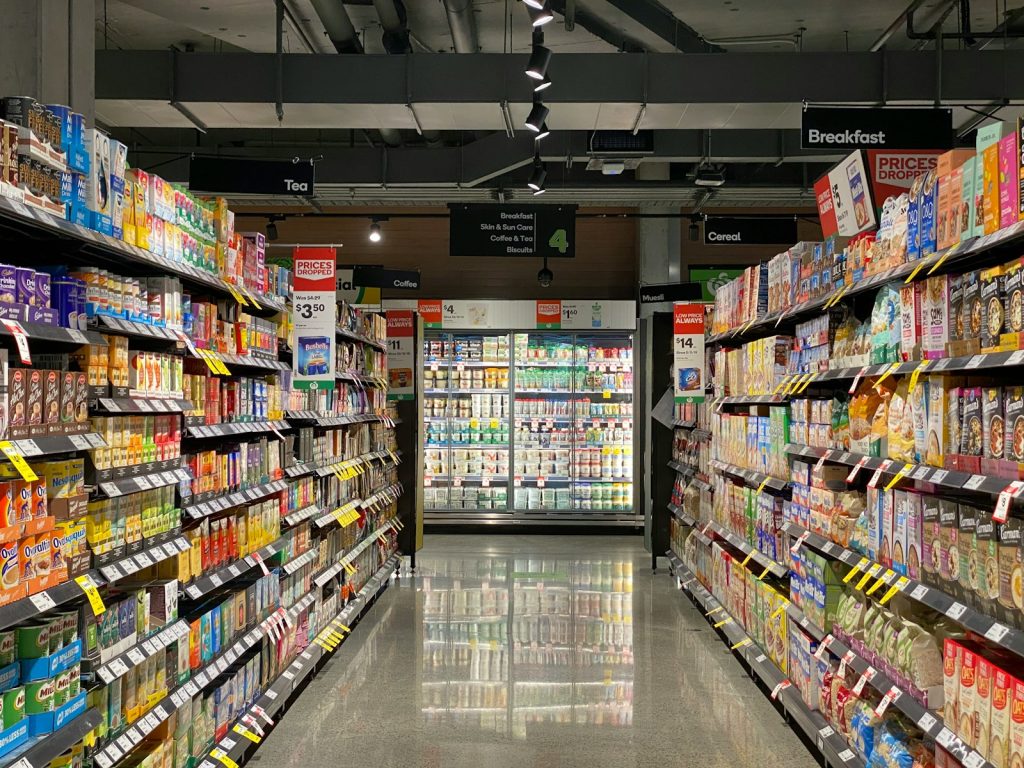
Your full portfolio might work well in natural, but when you’re breaking into conventional, less is often more. Shoppers get frustrated when they hear about a product but can’t find it in-store. That’s why it’s smart to focus on your top-performing SKUs first – the ones that already have traction.
Start with your best foot forward, hero SKUs, and grow from there. This approach ensures a more consistent experience for consumers and gives you time to fine-tune distribution as demand builds. It also helps you avoid oversaturation and gives you room to identify white space in the category.
Getting on shelf is only the beginning. Driving sustained sales requires an intentional marketing plan, and ideally, one that’s phased.
In the early stages, put more weight on tactics that capture shoppers who are ready to buy. Think in-store signage, paid search on retailer sites, and trade planning. These help drive quick wins and early velocity.
As awareness builds, shift more of your budget to upper-funnel efforts like social campaigns or PR. A common strategy is to start with a 70/30 split (70% performance, 30% brand) and adjust a few months in depending on results.
And above all, keep your budget flexible. Retail conditions change fast. Test small, watch results closely (most attribution windows take 2–4 weeks), and don’t be afraid to move money around.
Yes, promotions are often expected. But how you approach them matters. Retailers usually follow quarterly or 16-week promo cycles, and while it can be tempting to run steep discounts to build momentum, this can backfire if shoppers start holding out for sales.
Instead, think strategically. Sometimes, a lighter discount paired with strong marketing can drive better results than a deep discount alone. Messaging and placement also make a difference. Even small tweaks to a shelf tag can impact conversion. Digital rebates are another option – they offer savings to shoppers without changing your public shelf price or tipping off competitors.

Sales and marketing may get most of the attention, but operational readiness can make or break your launch. Retailers like Target and Walmart expect high service levels – often 95%+ on-time delivery. If your warehouse or co-manufacturer isn’t set up to scale, you could fall short fast.
That’s why it’s critical to understand your operational limits before committing to a big push. Better to go slower and meet expectations than to overextend and risk losing shelf space.
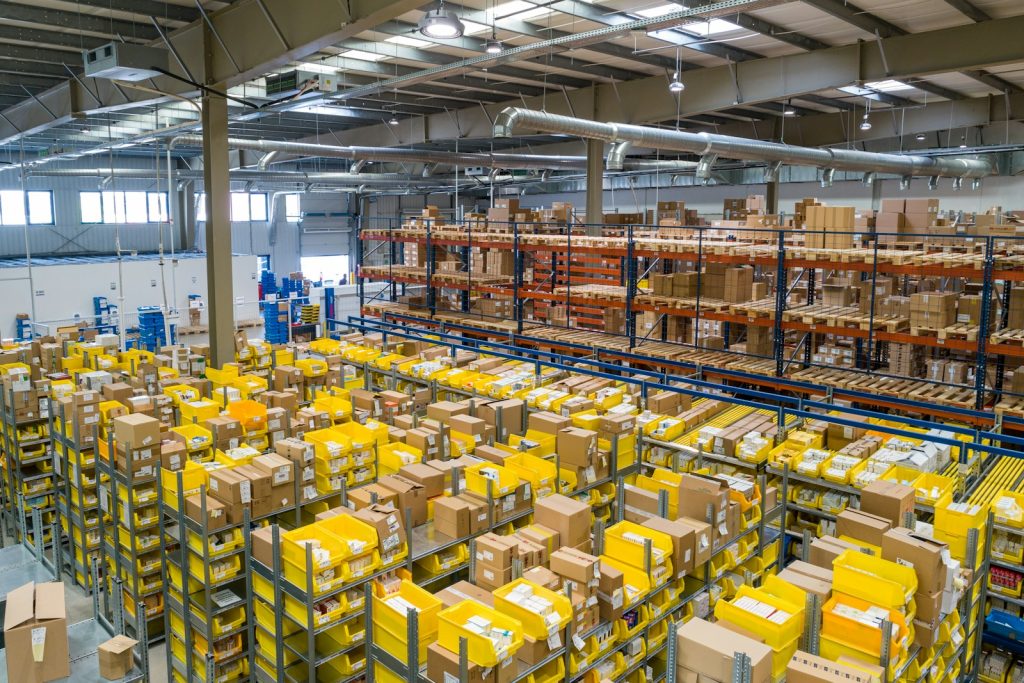
There’s no perfect playbook for entering conventional retail. Every brand figures it out as they go. That’s why testing small, learning quickly, and adjusting is often the best path.
It’s okay to turn down opportunities that aren’t quite right. Saying “not yet” is sometimes the smartest move you can make. The most successful brands stay agile, listen to their instincts, and aren’t afraid to seek advice.
If you’ve built a loyal customer base, proven velocity in natural, and have the operational and marketing foundation in place, you may be ready to take on conventional retail. Just remember, it’s not about being perfect. It’s about being prepared, staying flexible, and learning as you grow.
Looking for more tips as you prepare to scale from natural to conventional retail? Check out our webinar, Scaling Smart from Natural to Conventional Shelves.

